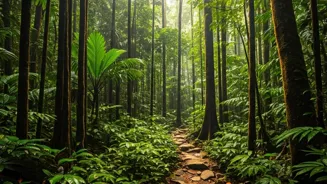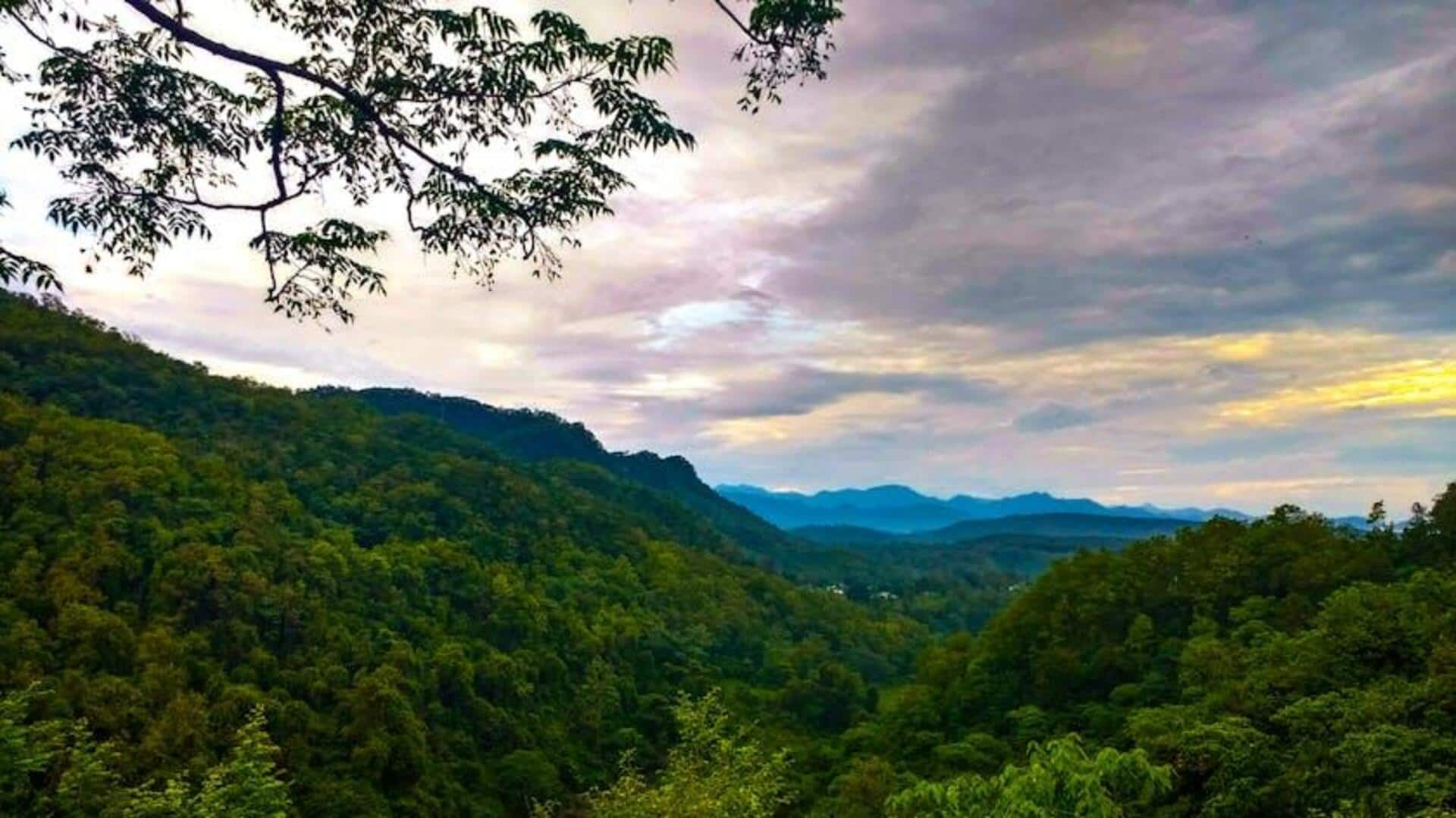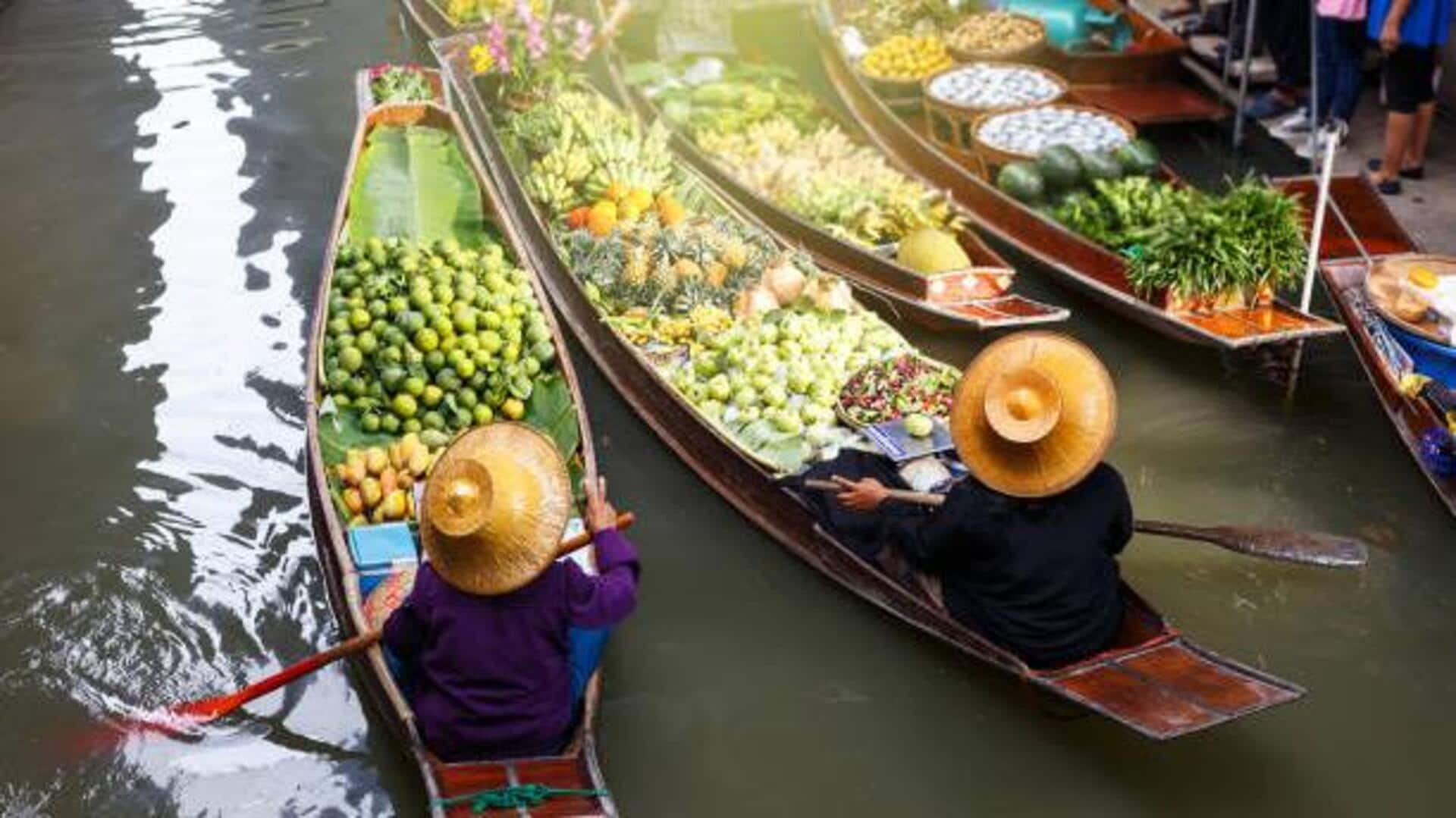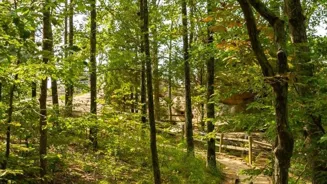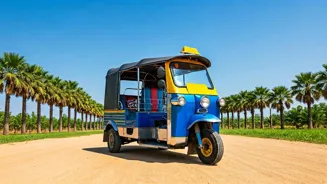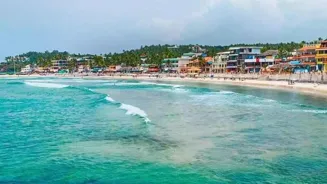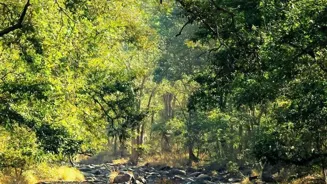Introducing Cambodian Parks
Cambodia, despite its relatively small size, boasts a remarkable array of national parks, each a treasure trove of natural beauty and biodiversity. These
protected areas range from dense rainforests and sprawling grasslands to coastal mangroves and remote islands. The Cambodian government has designated these parks to preserve the country's ecological heritage, safeguarding habitats for a wide variety of plant and animal species, including several endangered ones. Visiting these parks offers opportunities for adventure, relaxation, and immersion in nature. Visitors can explore diverse ecosystems, observe unique wildlife, and appreciate the importance of conservation efforts. Whether you’re an avid hiker, birdwatcher, or simply seeking a peaceful escape, Cambodia’s national parks have something to offer.
Cardamom Mountains' Charm
The Cardamom Mountains National Park, one of Southeast Asia's largest remaining rainforests, is a biodiversity hotspot. The dense jungle provides a refuge for numerous rare species, including Asian elephants, clouded leopards, and various primate species. Visitors can embark on treks through the lush landscape, go birdwatching, and witness stunning waterfalls. The park's vastness also makes it a haven for ecotourism, with opportunities to stay in eco-lodges and engage with local communities, supporting conservation efforts and providing sustainable economic benefits. The Cardamom Mountains are also home to several indigenous communities, adding cultural significance to the natural beauty and providing a unique perspective on the relationship between humans and the environment. With its diverse ecosystems and remarkable wildlife, a trip to the Cardamom Mountains offers an unforgettable experience for any nature enthusiast.
Ream National Park's Beauty
Ream National Park, near Sihanoukville, showcases the diversity of Cambodia's coastal ecosystems. Its beautiful landscape is a blend of mangrove forests, sandy beaches, coral reefs, and islands. Visitors can enjoy boat trips through the mangroves, explore the marine life with snorkeling or diving, and relax on pristine beaches. The park provides essential habitats for numerous species, including various bird species, marine mammals, and fish. Ream also plays a crucial role in coastal protection and the sustainability of local fishing communities. The area offers a mix of adventure and relaxation, with opportunities to discover the natural beauty of the coast while contributing to the conservation of this vital ecosystem. Ream National Park's combination of marine and coastal environments, along with its conservation importance, is a highlight for visitors.
Virachey National Park
Located in northeastern Cambodia, Virachey National Park is one of the country's most remote and pristine protected areas. The park covers a vast area and is home to a diverse range of habitats, from montane forests to lowland evergreen forests. It's also a sanctuary for a variety of wildlife, including elephants, tigers, and various species of primates. Virachey is known for its incredible biodiversity and is an important site for conservation. Exploring Virachey requires adventurous spirits and physical preparedness, as access to the park is often challenging. Treks can take visitors through dense forests, crossing rivers, and reaching remote areas where wildlife sightings are more likely. The park’s remoteness ensures that it remains a haven for biodiversity, providing a unique experience for those seeking a true wilderness adventure, far from the ordinary.
Botum Sakor's Wilderness
Botum Sakor National Park, located along the coast, is Cambodia's largest national park, offering an expansive area of untouched wilderness. With diverse ecosystems, it features a wide variety of habitats, including evergreen forests, mangrove forests, and coastal wetlands. The park is home to a rich diversity of flora and fauna, including several endangered species such as tigers and Asian elephants. Botum Sakor’s size and remote nature make it ideal for wilderness exploration, but access can be challenging, and visitors should prepare accordingly. The park’s importance in conserving biodiversity and its extensive wilderness areas create a special experience for those who want to experience the natural beauty of Cambodia. Conservation efforts are essential to protect its wildlife and ecosystems from threats like deforestation and poaching.
Kep National Park's View
Kep National Park, on Cambodia's southern coast, offers a more accessible nature experience. It's a small park featuring a network of hiking trails offering stunning views of the coastline and surrounding areas. The park's trails weave through forests, providing opportunities for wildlife spotting, and it boasts views of the Gulf of Thailand. Visitors can easily explore the park on foot, with trails suitable for various fitness levels. Kep National Park is a perfect spot for a relaxed day of hiking, combining natural beauty with the charm of the nearby town of Kep. The park serves as a reminder of the value of conserving natural areas, and it is a great place to appreciate Cambodia's commitment to protect its environment.
Preah Vihear's Heritage
Preah Vihear National Park, situated in the north, combines natural beauty with historical significance. It is centered around the ancient Preah Vihear Temple, a UNESCO World Heritage site. The park’s landscape includes forested hills, offering expansive views of the surrounding plains. Visitors can combine a visit to the temple with exploring the natural environment, hiking along trails, and enjoying the park's scenic beauty. The unique combination of history, culture, and nature provides an engaging experience for visitors. The park is also home to diverse wildlife and provides an opportunity to discover the heritage alongside Cambodia's natural environment. The park is a symbol of the country's rich cultural and natural heritage, attracting visitors with both its historical importance and its ecological values.
Phnom Kulen's Wonders
Phnom Kulen National Park, close to Siem Reap, is known for its historical significance and natural beauty. It is considered a sacred mountain and holds great importance in Cambodian history and culture, including the site of the origin of the Khmer Empire. The park boasts waterfalls, ancient temples, and unique rock formations. Visitors can visit the waterfalls, explore the temples, and enjoy scenic hiking trails. The combination of historical sites and natural beauty makes it a favored destination for tourists and locals alike. Phnom Kulen is not just a place to see, but a place to experience the rich cultural heritage and natural beauty of Cambodia. Visiting offers a journey through history and the natural world.
Siem Reap's Angkor
While best known for the temples of Angkor, the Angkor Archaeological Park also contains natural areas and is managed as a national park. It’s home to vast forests, waterways, and diverse wildlife. Tourists can explore the famous Angkor temples, enjoy the natural beauty of the surrounding landscape, and learn about the importance of conservation. The Angkor park highlights how cultural heritage and natural conservation can work together, offering a unique blend of historical importance and ecological value. It is more than just temples; it offers an opportunity to appreciate the natural landscape surrounding the historical sites. The park shows that culture and nature can coexist, providing an unparalleled destination for travelers.
Kirirom's Pine Forests
Kirirom National Park, located in the mountains, is renowned for its pine forests and cool climate. It presents a refreshing escape from the tropical heat. Visitors enjoy hiking through pine-covered hills, camping, and admiring beautiful waterfalls. The park’s unique ecosystem supports various plant and animal species, and it is popular among locals and tourists. The park's cool, pleasant climate and beautiful scenery make it a great destination for nature lovers. Kirirom is a testament to Cambodia’s ecological diversity and a reminder of the country’s commitment to protecting its natural landscapes. It is a great destination for those seeking a relaxing retreat. The park's serene atmosphere and the chance to enjoy the natural beauty are great reasons to visit.
